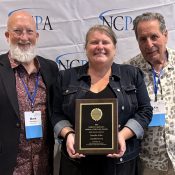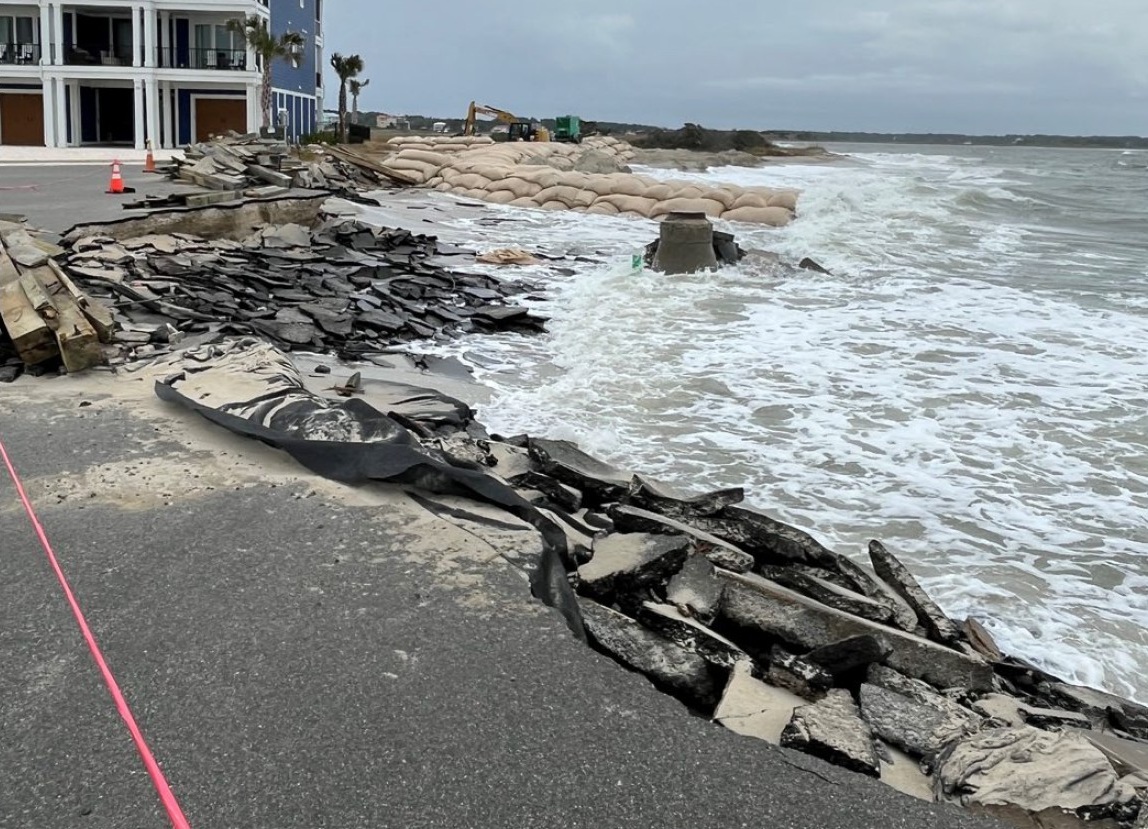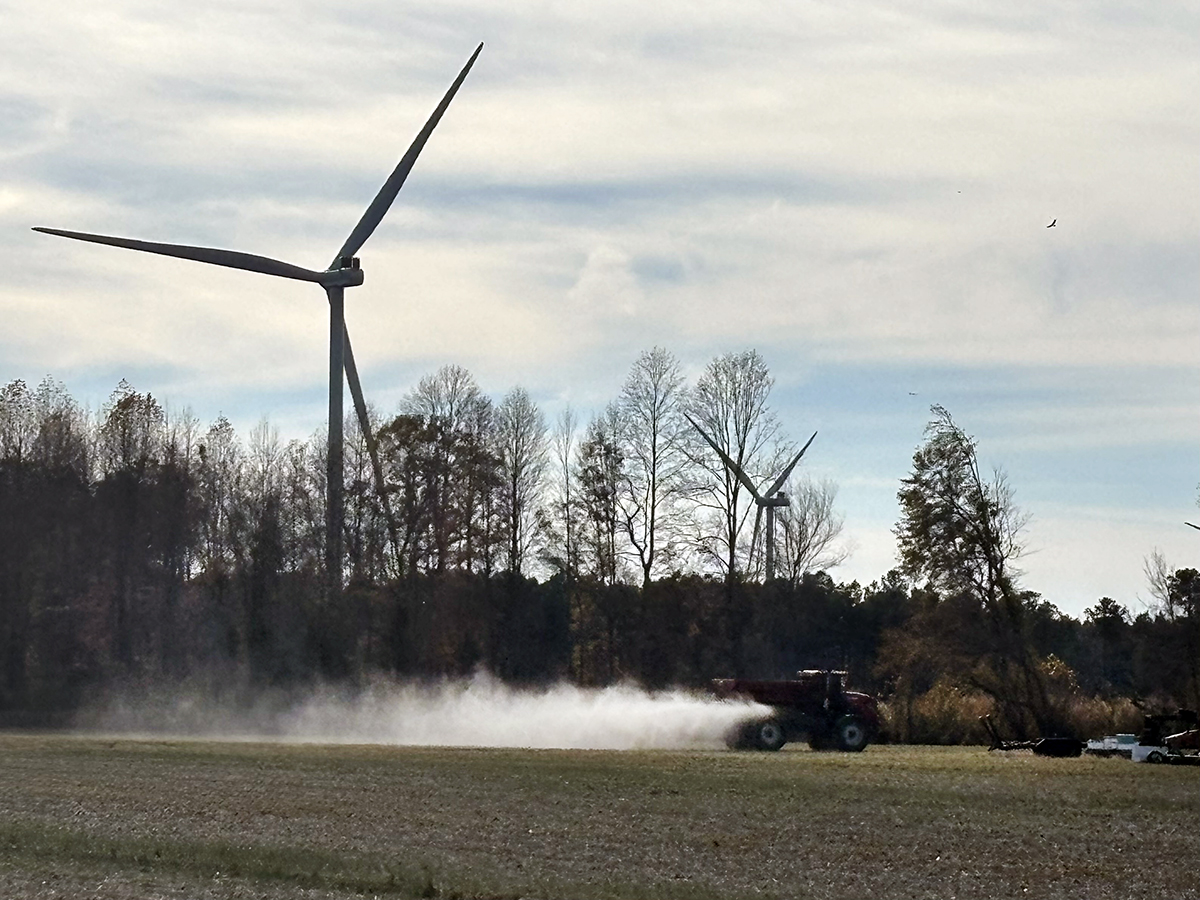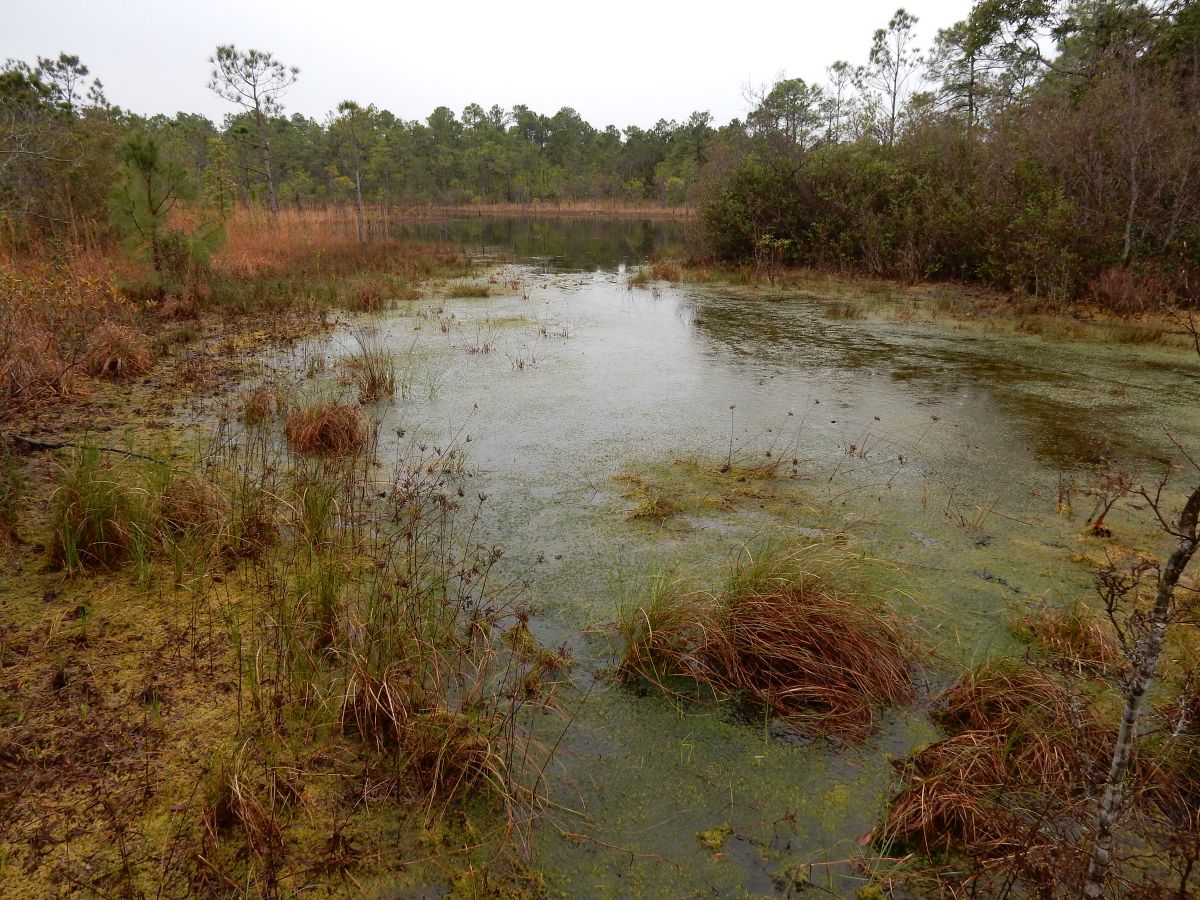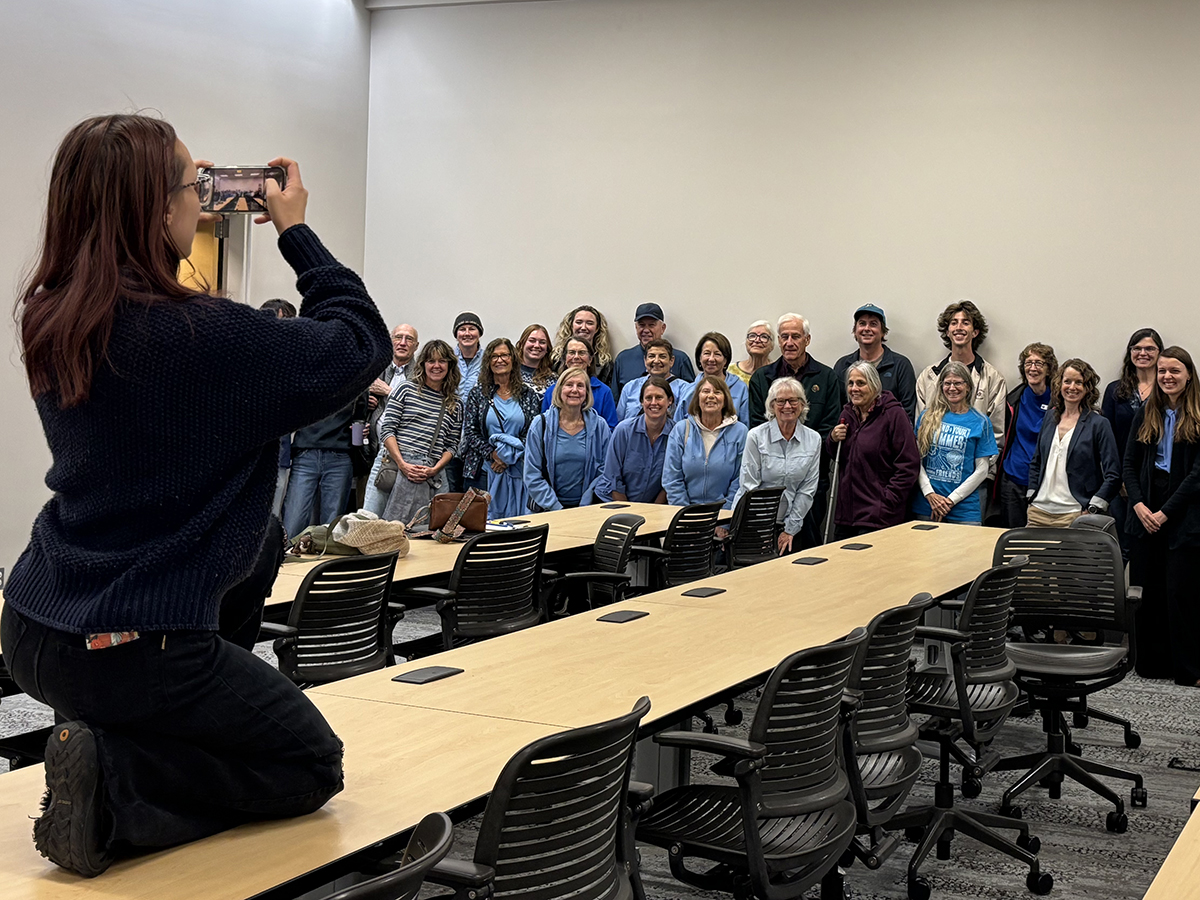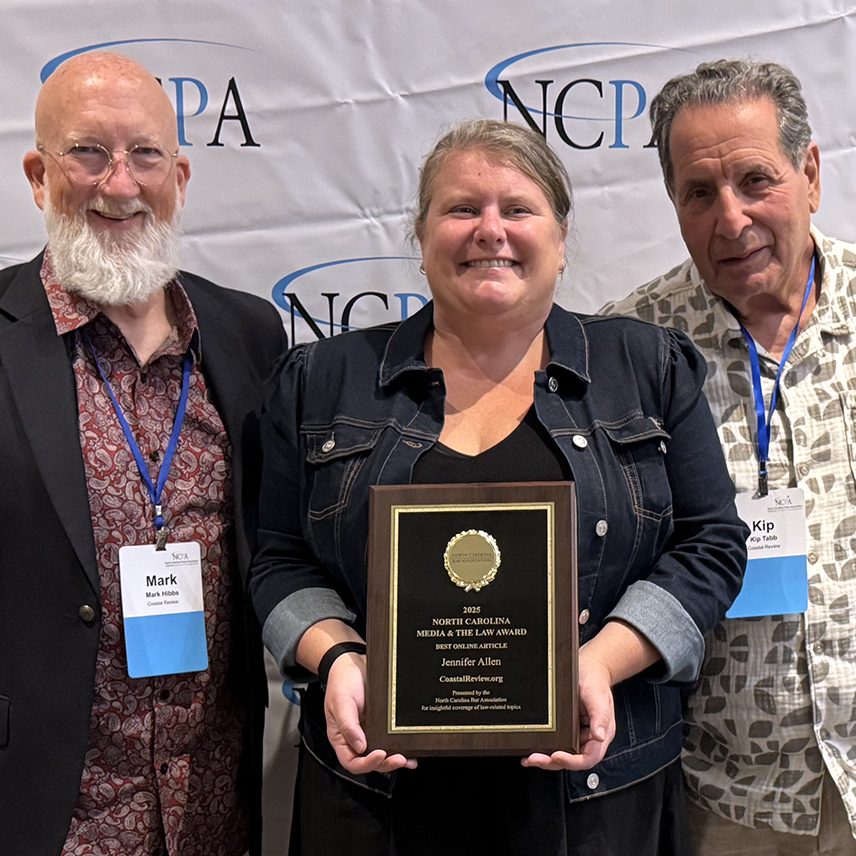
EAST LAKE — In the sadder, more gruesome labor of wildlife conservation, a new count of dead wildlife on the asphalt of two strips of highway within Alligator River Wildlife Refuge continues to reflect the merciless decimation of living creatures by vehicular traffic.
A new report, “US 64 Roadkill Monitoring Survey Year One Interim Report,” released Aug. 13 by the nonprofit Wildlands Network, counted more than 5,000 vertebrates representing 144 species, as well as 1,050 snakes, 1,186 turtles, and 1,529 frogs dead alongside the highway or flattened on the pavement. The first year of the two-year study covered Aug. 1, 2024, to July 31, 2025.
Supporter Spotlight
“It’s pretty remarkable carnage, and we’re sure that’s an underestimate, because some things get removed by vultures,” Ron Sutherland, the conservation group’s chief scientist, told Coastal Review.
The updated information will be valuable to planning for proposed wildlife crossings under sections of U.S. Highway 64 and nearby U.S. 264, a need highlighted over the years by numerous vehicle strikes of critically endangered red wolves. Huge bear and deer that run into the road are also increasing hazards to human life, especially at night.
Although the red wolf had once roamed much of the Southeast, the only wild population of about 30 red wolves, including about a dozen pups, is currently managed by the U.S. Fish and Wildlife Service’s Alligator River and Pocosin Lakes refuges within a five-county recovery area in northeastern North Carolina, a good portion of which is intersected by the two highways.
“One happy surprise is we didn’t see any red wolves,” Sutherland told Coastal Review. “One of the reasons we set out to do the project, one of our goals, was to keep the road clean of roadkill.”
Vehicle strikes, in addition to gunshots, have threatened recovery of the species. Wolves have been known to be drawn to the highway to eat the dead animals, and tragically suffer the same fate as their would-be meal.
Supporter Spotlight
“Research is an important step in the construction of wildlife crossing structures,” the report states. “In order to be cost effective, it is imperative to know where hotspots of wildlife road-crossing activity occur so the sites can be chosen that are most effective both in mitigating wildlife road collisions and maintaining habitat connectivity.”
The study route was chosen to inform planning efforts by North Carolina Department of Transportation, Fish and Wildlife, and the North Carolina Wildlife Resources Commission to develop proposals for wildlife crossings and fencing installations on U.S. 64, the report stated, “with the immediate goal” of reducing wolf strikes.
“We also realized that providing more recent roadkill data would be essential as a fresh baseline for evaluating any future wildlife crossings that were installed on the highway,” according to the report.
Earlier roadkill surveys along U.S. 64 were completed between 2008 and 2011 as part of the North Carolina Department of Transportation planning for a proposed 27.3-mile-long widening and bridge replacement project. The road-widening plans, which had included numerous wildlife crossings, have since been dropped, but construction of a replacement bridge connecting Dare and Tyrrell counties over Alligator River is underway. Construction plans include wildlife crossings and under-road tie-ins at both ends of the bridge.
Sutherland said that the survey team chose to drive at a less pokey pace, about 35 mph or so, and skipped weekend surveying, due to the increased amount of traffic now on the highway. Wildlife officers were informed about large carcasses such as bear so they could be promptly removed, and smaller creatures were scooped up and tossed into the woods. Not pleasant, but unfortunately dead animals along the road are not unusual.
“Overall, you know, I’ve had a lot of years of experience working down there and seeing the wildlife before we started the survey,” Sutherland said.
While he wasn’t shocked by the continued high numbers of roadkill, he said he didn’t expect to see so many birds. In one period of time, after a rare snowstorm, the technicians found hundreds of deceased yellow-rumped warblers alongside the road, many of which were apparently struck while seeking patches of grass without snow cover. It may not prove Darwin’s theory of natural selection, but intelligence matters even for birdbrains. As Sutherland noted, of the 68 different types of dead birds — totaling about 800 — there were only three crows, the geniuses of the bird world.
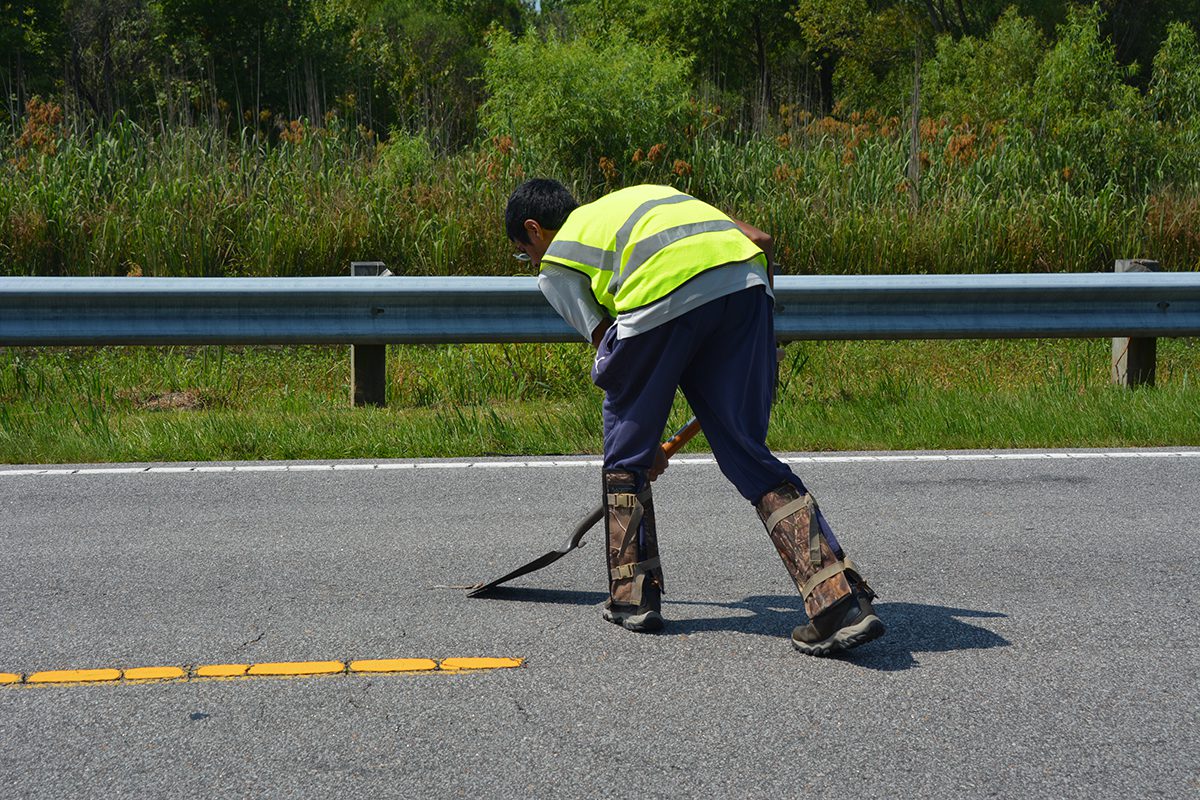
“We know how to keep all these other wildlife species from getting hit on the road, because you can build crossings under or over the road, with fencing to steer them to the right places,” he said. “And it works for basically everything, but the birds. That’s going to take some work to figure out.”
Last December, U.S. Federal Highways’ Wildlife Crossing Pilot Program awarded a $25 million grant to build crossings on U.S. 64 by Buffalo City Road, a red wolf “hot spot” in East Lake on the Dare County mainland where the animals often cross into the refuge. Wildlands Network teamed up with the Center for Biological Diversity, another conservation nonprofit, to raise an additional $4 million in private donations for matching funds, Sutherland said.
If all goes as hoped, Sutherland expects that construction of the crossings could start in late 2026
“It’s expensive because they’re having to raise the road up to be able to put underpasses underneath,” he said, adding that design details are still being worked out.
With the project construction including what he described as a kind of “big ramp,” there will be opportunities to also put small crossings and tunnels on each side for the little crawling, slithering and hopping species, hopefully allowing a total of six to 10 crossings.
“But that’s going to be kind of a win-win situation, because that way that at least part of Highway 64 is going to be elevated,” Sutherland said. “And with sea level rise and storms and hurricanes and so forth, it’s going to be a good for climate resiliency, too, to have the road elevated.”


